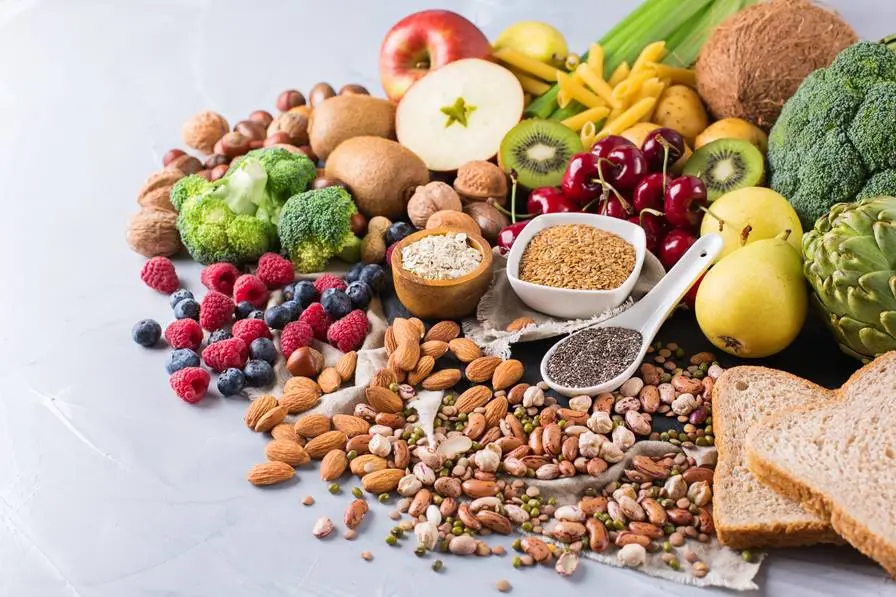Charlotte Han ‘27
Following the previous issue about general information of fiber, this issue addresses how to maximize and activate the benefits of fiber to nourish our gut flora. By examining the function of prebiotics and probiotics, food compounds that are closely associated with fiber, we can sustain long-term gut health that supports performance and activity.
What are prebiotics and probiotics?
Prebiotics are a non-digestible compound found in food. They are also referred to as fiber and promote the activity of the gut bacteria, located in the intestines. On the other hand, foods with probiotics contain live bacteria that replenish lost gut flora or add to existing gut bacteria in the microbiome.
Prebiotics and probiotics together
Prebiotics and probiotics work hand-in-hand to sustain our gut health; Prebiotics (fiber) promote digestion by inducing the activity of the gut bacteria, while probiotics replenish the live bacteria existing in our gut flora. The combination of both compounds strengthens the gut function of a healthy digestive system, improves microbiome diversity, and betters overall performance. The addition of probiotics activates the benefits of the fiber compound in prebiotics by replenishing the gut bacteria responsible for digestion and fighting infections.
Where can they be found?
Prebiotics can be found in plant-based whole foods such as fruits and vegetables, whole grains, legumes, nuts, and various seeds. Foods containing probiotics are often fermented to create live bacteria, including kefir, greek yogurt, sourdough, kimchi, sauerkraut, kombucha, or probiotic pills. Similar to high-fiber meals, probiotics should be consumed regularly.

